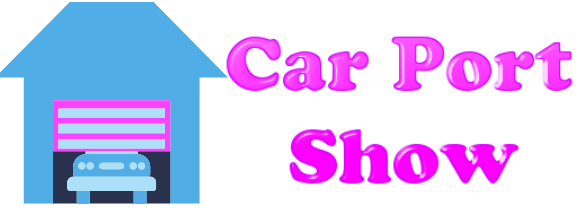The challenge of student housing management becomes most pronounced during turnover. An effective student housing management software can transform one of the most stressful periods for property managers and university housing administrators into a seamless, efficient process. This article explores the primary benefits of integrating the right technology to handle student housing turnover efficiently, highlighting why optimized management is becoming a trend and a necessity across the education sector.
Introduction
Turnover cycles in student housing arrive with certainty every academic year. New students move in as others leave, and units require evaluation, maintenance, and leasing in a tight timeframe. With student populations expected to rise in the future and remote learning increasing tenant churn, housing providers must respond swiftly to shifting resident needs. Managing these frequent, complex transitions calls for specialized tools. Student housing management software is emerging as an indispensable ally, offering robust, data-driven solutions for improving operational efficiency and maximizing occupancy.
This article will walk through the trending benefits of adopting student housing management software to streamline turnover processes. Expect detailed insight into occupancy analytics, workflow automation, communication channels, maintenance coordination, and more.
The Data-Driven Advantage
Handling turnover is no longer about paper checklists or endless spreadsheets. Student housing management software centralizes critical data, providing analytics dashboards that show real-time occupancy rates, upcoming vacancies, and leasing trends. These insights help managers anticipate busy turnover periods and plan resources, from maintenance crews to moving carts.
By using embedded analytics, managers can track:
- Which units are due for turnover next
- How long typical turnovers take
- Peak move-in and move-out dates
- Trends in application submissions and approvals
These performance metrics direct staff attention to the highest-priority units and enable predictive scheduling. The result is quicker unit preparation, reduced downtime, and better allocation of limited staff resources. The software also helps in identifying bottlenecks or recurring maintenance issues during turnovers, allowing for proactive solutions.
Automating Tasks for Faster Turnover
Automation is a defining advantage of modern student housing management software. Instead of manually tracking lease expirations, key returns, and cleaning schedules, automated workflows handle repetitive tasks. Automatic notifications remind residents of move-out procedures, reduce no-shows, and keep teams updated on their next assignments.
Some of the most impactful automation features include:
- Scheduling automated inspections upon student check-out
- Auto-generating cleaning and maintenance requests as soon as a lease ends
- Automatic assignment of staff to available units for turnover preparation
- Auto-updating online vacancy listings as soon as units are ready
This streamlining dramatically reduces errors such as forgotten inspection dates or overlapping turnover tasks. By minimizing manual entry, property managers save significant time and can focus on higher-value activities like optimizing occupancy or improving resident experiences.
Seamless Communication Channels
Efficient student housing turnover requires constant communication among residents, staff, and vendors. Student housing management software unifies these interactions. Centralized messaging or notification systems allow staff to update students about move-out requirements, inspection dates, or final charges immediately.
Residents receive clear, timely information about:
- Check-out protocols and deadlines
- Required forms and where to submit them
- Returning keys and important departure info
On the staff side, all communication related to a specific unit or resident is stored in one platform. This reduces the risk of missed messages and ensures accountability at every stage of the turnover process. Coordinated communication leads to fewer misunderstandings, faster responses, and a more streamlined turnover timeline.
